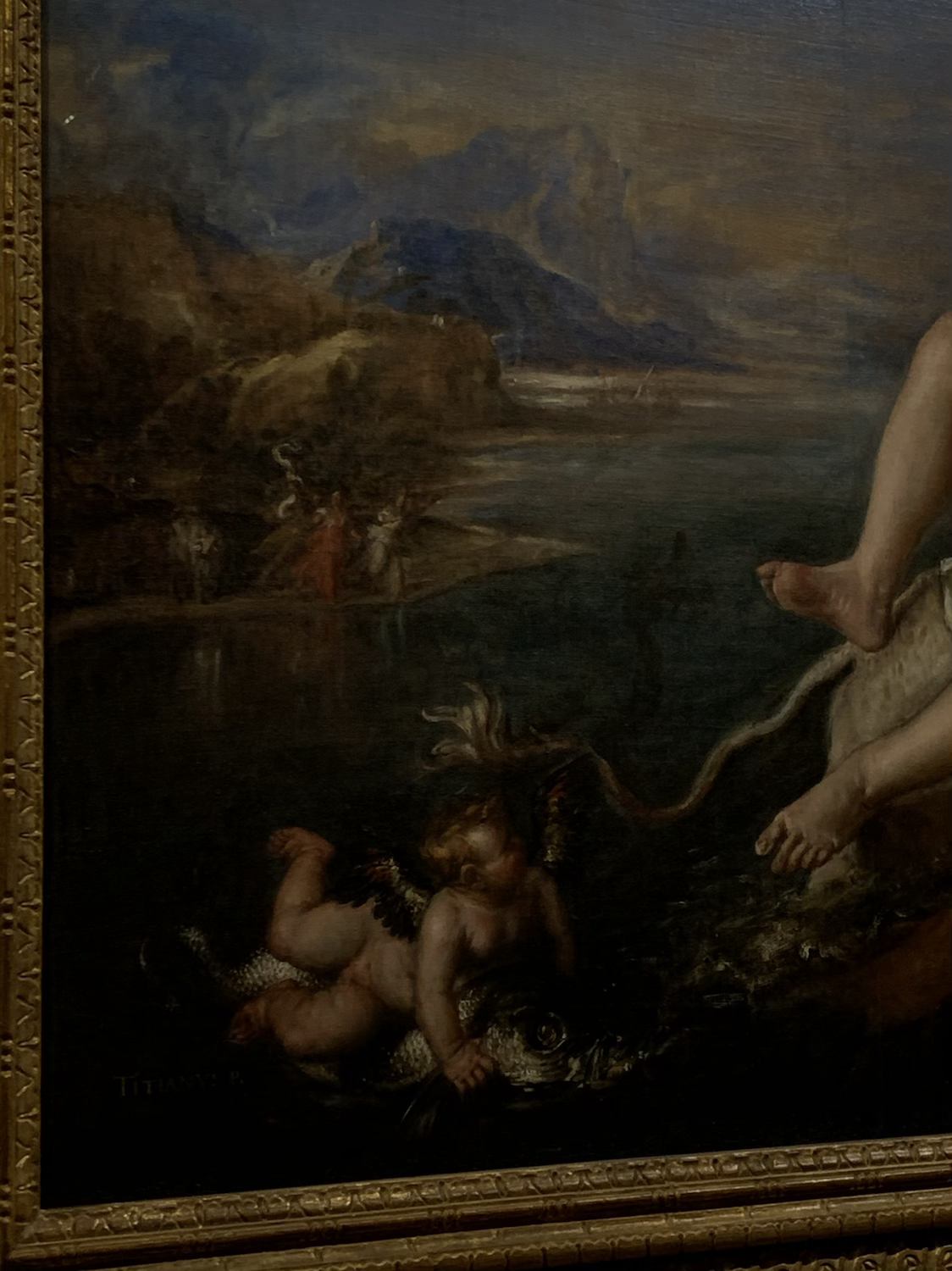Introduction to French, Spanish and Italian; the definite article
- Viola

- Nov 10, 2019
- 3 min read
Spanish
• Masculine singular definite article = ‘el’
This is most commonly used before nouns that take the masculine gender, usually ending in ‘o’ (eg. el gato - the cat).
The masculine definite article is also required when nouns end in ‘ma’ (eg. el problema - the problem) which may be confusing, since most feminine nouns end in ‘a’ so keep an eye out!
• Feminine singular definite article = ‘la’
Nouns ending in ‘a’ usually take the feminine gender and thus use ‘la’ as the definite article. For example, ‘la playa’, meaning ‘the beach’ follows this rule.
Other rules in Spanish for feminine nouns are: if the noun ends in ‘ción’ ‘sión’ ‘dad’ ‘tud’ or ‘umbre’ the noun always takes the feminine article.
Here are some examples of these rules:
La educación - education
La lesión - injury
La juventud - youth
La edad - age
La costumbre - habit
• Exceptions of these masculine and feminine rules
Some nouns that end in ‘a’ require the masculine definite article and some nouns ending with ‘o’ require the feminine.
El día - day
El mapa - map
La mano - hand
La foto - photo
• Masculine plural definite article = ‘los’
This definite article follows the noun rules of the masculine definite article however when the plural form is used, ‘el’ changes to ‘los’
For example, el gato would become los gatos.
The masculine plural gender is also used whenever there’s a group of mixed genders, to describe the entire group.
For example, La Niña and El Niño together would be ‘Los Niños’.
• Feminine plural definite article = ‘las’
Finally, this definite article simply follows the rules of the singular female nouns when they are used in plural form. The gender rules for the nouns will stay the same but add ‘s’ or ‘es’ on the end of the noun to make it plural, and then change ‘la’ to ‘las’.
For example, ‘la playa’ turns to ‘las playas’ or ‘la ciudad’ (meaning the city) turns to ‘las ciudades’.
French
• masculine singular definite article= le/ l'
‘Le’ is used for a masculine singular noun beginning with a consonant and ‘l’’ is used for words beginning with a vowel (a,e,i,o,u,y) or a silent ‘h’ eg. L’hôtel
• feminine singular definite article = la/ l'
‘La’ is used after a feminine noun and ‘l’’ is used after a noun beginning with a vowel
• masculine and feminine plural definite article = les
Used for all plural nouns, masculine and feminine
When to use the definite article in French
The definite article is always used in the following situations:
before the names of regions, countries, continents and languages
eg. l’anglais
before generalisations and abstract nouns
eg. la haine
before parts of the body
eg. le bras
before a fraction
eg. la tête
before school subjects
eg. L’EPS
before titles
eg. Le président
before meals and drinks
eg. Le dîner
Superlatives
eg. Les plus rouges
And with most other nouns in general, including a few grammar structures which we will tackle later on.
It is not used;
• after en and de
• when using the partitive article
• when using some specific phrases with avoir, avec and sans; avoir faim, avec plaisir, sans doute
• on occasions with the verb ‘parler’ (if it is before a language)
Italian
• masculine singular definite article = il/ lo/ l’
‘Il’ is used for masculine singular nouns which start with a consonant whereas ‘l’’ is used for singular nouns which start with a vowel. ‘Lo’ is with a selection of rules, if the word begins with:
-s + consonant
-z
-y
-p
-s
-pn
-gn
• masculine plural definite article = i/ gli
‘I’ is used for all nouns that start with a consonant and ‘gli’ is for all nouns that take ‘lo’ or ‘l’’ in the singular.
• feminine singular definite article= la/ l’
’La’ is used for all nouns that start with a consonant and ‘l’’ is used for all nouns that start with a vowel.
• feminine plural definite article= le
Used for all feminine plural nouns
When to use the definite article in Italian
The definite article is always used in the following situations:
with signore, signora, signorina, (Mrs’, Mrs, Miss) dottore (doctor), or before a surname
eg. La signorina
with the name of continents, countries, regions and isles
eg. L’Italia
with languages and sport
eg. il tennis
with time
eg. Le sette
with colours and material
eg. il rosso
And with most other nouns in general. It is not used;
• with signore, signora, signorina, dottore in the direct speech
• with continents, countries, regions and isles after the preposition in
• with materials after the preposition di
• with sport after the verb giocare a

Comments